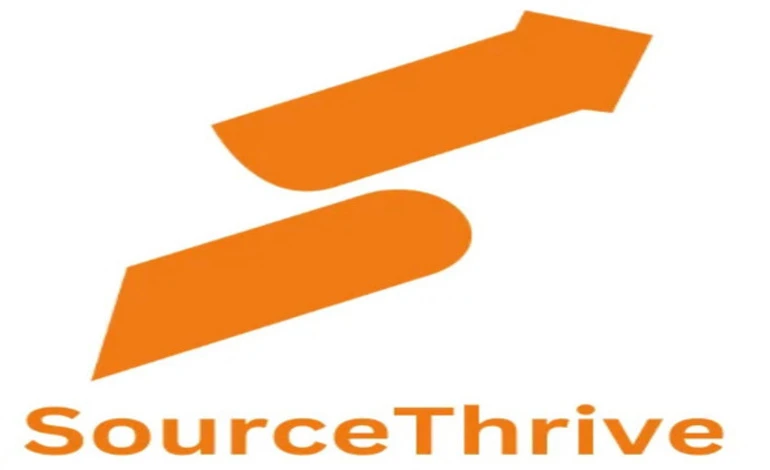In today’s digital world, managing vast amounts of information efficiently is essential for businesses, institutions, and organizations. Document indexing plays a crucial role in organizing and retrieving information quickly and accurately. Without a well-structured document index, finding relevant data can become time-consuming and inefficient.
This comprehensive guide will explore the concept of document indexing, its importance, how it works, the role of a document indexer, and how businesses can benefit from professional document indexing services.
What is Document Indexing?
Document indexing is the process of organizing and categorizing documents to facilitate quick and easy retrieval. It involves assigning metadata, keywords, and tags to each document so that users can locate the required information efficiently. A well-structured document index allows businesses to store and access documents systematically, reducing redundancy and improving workflow management.
Indexing services help organizations create a structured database where documents are classified based on predefined parameters. These services ensure that documents are retrievable through keyword searches, making it easier to locate relevant information without manual effort.
Importance of Document Indexing
1. Improved Searchability
Proper document indexing ensures that documents can be searched and retrieved using specific keywords, tags, or metadata. This reduces the time spent searching for information and enhances productivity.
2. Better Data Organization
A document index provides a structured system where files are categorized logically. Whether organizing legal documents, medical records, or corporate files, indexing prevents document misplacement.
3. Enhanced Workflow Efficiency
With a well-maintained document index, employees can access the information they need without delays. This improves workflow processes and enables teams to work more efficiently.
4. Compliance and Security
Many industries require businesses to adhere to compliance regulations regarding document storage and retrieval. Document indexing helps in ensuring compliance by maintaining records systematically and securely.
5. Reduced Duplication
Indexing services help prevent document duplication by organizing files under appropriate categories. This eliminates redundancy and saves storage space.
How Document Indexing Works
The document indexing process involves several key steps:
1. Document Collection
Organizations collect digital or physical documents that need to be indexed. These documents may include invoices, contracts, emails, and reports.
2. Classification and Categorization
Documents are categorized based on predefined attributes such as date, author, subject, or department. This classification ensures proper organization.
3. Metadata Assignment
A document indexer assigns relevant metadata, including keywords, tags, and unique identifiers. This metadata enables users to locate documents quickly.
4. Indexing and Storage
The categorized documents are indexed and stored in a digital database or document management system. This allows for easy retrieval through search functions.
5. Search and Retrieval
Users can access indexed documents using search queries, metadata filters, or automated retrieval systems. This improves efficiency and accuracy in finding required information.
Role of a Document Indexer
A document indexer plays a crucial role in the indexing process. Their primary responsibilities include:
- Analyzing and categorizing documents based on predefined criteria.
- Assigning metadata, keywords, and tags for easy retrieval.
- Ensuring the accuracy and consistency of the document index.
- Working with document indexing services to maintain and update indexed records.
- Implementing quality control measures to prevent misclassification or errors.
A skilled document indexer helps organizations maintain a structured and efficient document retrieval system, ultimately improving data management processes.

Types of Document Indexing
1. Full-Text Indexing
This method involves scanning the entire content of a document to create an index. Users can search for documents using any word or phrase contained in the text.
2. Metadata Indexing
Documents are indexed based on assigned metadata, such as titles, dates, author names, and keywords. This method improves the organization of files.
3. Hierarchical Indexing
Documents are arranged in a hierarchical structure, where related files are grouped under parent categories. This method is useful for large organizations handling multiple document types.
4. Keyword-Based Indexing
Keywords are used to tag documents, making it easier to find specific information through keyword searches.
Benefits of Document Indexing Services
Professional indexing services offer numerous advantages, including:
- Time-Saving – Automating document indexing reduces manual effort and saves time spent on searching for files.
- Error Reduction – Trained professionals ensure that documents are indexed accurately, minimizing the chances of misclassification.
- Data Security – Indexing services implement security measures to protect sensitive information from unauthorized access.
- Scalability – As businesses grow, indexing services can handle increasing volumes of documents without compromising efficiency.
- Integration with Document Management Systems – Many indexing services integrate with document management platforms, improving accessibility and organization.
Choosing the Right Document Indexing Services
When selecting a document indexing service provider, businesses should consider the following factors:
- Experience and Expertise – Look for service providers with expertise in document indexing and management.
- Technology and Automation – Ensure that the service uses advanced indexing technologies and automation tools for efficiency.
- Customization Options – The service should offer customizable indexing solutions tailored to specific business needs.
- Security Measures – Choose a provider that prioritizes data security and compliance with industry regulations.
- Customer Support – Reliable customer support is essential for addressing any issues related to document retrieval.
Future of Document Indexing
With advancements in artificial intelligence and machine learning, document indexing is evolving rapidly. Automated indexing solutions are becoming more sophisticated, enabling faster and more accurate indexing. Technologies such as natural language processing (NLP) are enhancing search capabilities, making it easier to retrieve relevant documents.
As businesses continue to digitize their operations, the demand for efficient document indexing will increase. Companies like SourceThrive are contributing to the development of innovative indexing solutions that enhance data management.
Conclusion
Document indexing is a fundamental process that improves document organization, retrieval, and security. Whether for small businesses or large enterprises, a well-structured document index enhances efficiency and workflow management. Professional indexing services provide businesses with accurate and scalable solutions, ensuring that valuable data remains accessible and secure.
By leveraging the expertise of document indexers and adopting advanced indexing technologies, organizations can streamline their information management systems and improve productivity. As technology continues to evolve, businesses must stay ahead by investing in efficient document indexing solutions that support their long-term growth.


